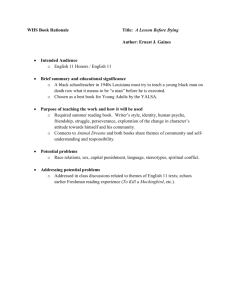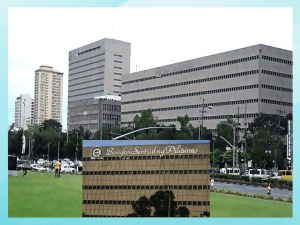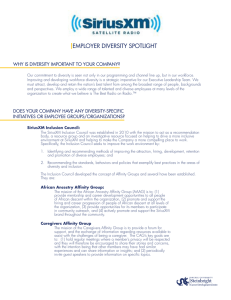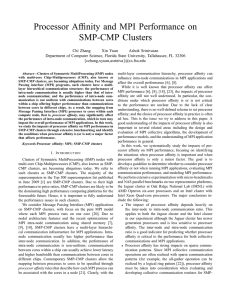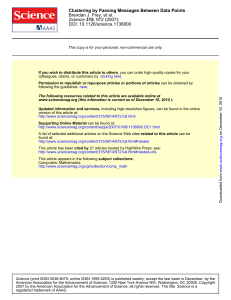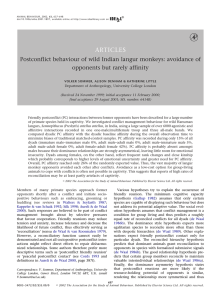Superintendent’s Career Ready Commission June 12, 2009
advertisement
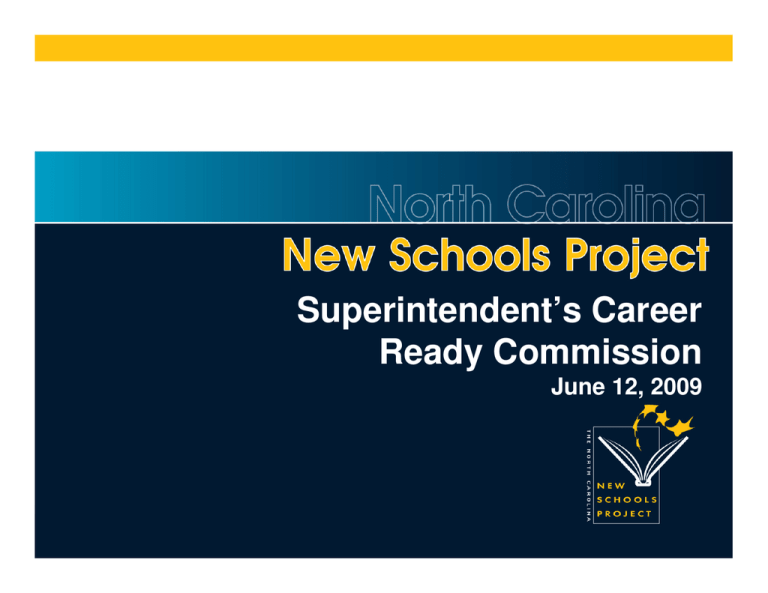
Superintendent’s Career Ready Commission June 12, 2009 “Schools haven’t changed; the world has. And so our schools are not failing. Rather they are obsolete—even the ones that score the best on standardized tests. This is a very different problem requiring an altogether different solution.” - Tony Wagner, The Global Achievement Gap Overview: NC New Schools Project History: Established in 2003 as an initiative of the Office of the Governor, the NC Education Cabinet and the State Board of Education with the support of the Bill & Melinda Gates Foundation and others. Mission: Spark and support systemic, sustainable innovation in secondary schools across the state so that all students graduate prepared for college, work and life. 3 Results • Dropout rate in 2007-08 for 82 NCNSP schools was 3.37%, vs. 4.97% for all HS • 39 of 82 NCNSP schools lost no students as dropouts in 2007-08 • 51 of the 82 schools lost no more than two students as dropouts 4 Results • Measured by NC’s ABCs accountability system for 2007-08, more than six in 10 (62%) of new schools outperformed their comparison high school • Of 52 high schools in NC where at least 25% of students took Algebra II in 200708, 29 were NCNSP schools 5 Innovative High Schools Early College and Redesigned High Schools 6 Pursuing Change across Three Levels School Demonstrate success with schools across North Carolina “Transform a “Demonstrate to all school” of NC what successful schools look like and increase demand for transformation” “Transform high school education in North Carolina” • Government, education and business leaders leverage NCNSP’s success and work together to create widespread innovation 7 Two Kinds of Innovative High Schools Learn & Earn early colleges • Co-located on a college campus, with students graduating high school with two years of college credit Conversions/redesigns • Transformation of conventional secondary schools into focused and academically rigorous smaller schools Key differences from conventional schools All students complete college prep curriculum* All students graduate with transferable college credit* Most schools have a maximum of 100 students per grade *With the exception of a small percentage of students served in the Occupational Course of Study 8 Essential Design Components Design principles - Research based elements required for school success Six year program of service Integrated system of support - Principals, teachers & district administrators 9 Many Innovative Schools Organize Around Academic Themes Examples of themes • • • • Biotechnology Leadership and public service Health and life sciences Science/Technology/Engineering Mathematics • International studies Partners who support themes • New Tech Foundation • Asia Society • NC Science, Math, Technology Center • Center for 21st Century Skills • Local partners Schools choose themes based on local community and economic interests Themes and partners align with Design Principles 10 Redesign Early College Redesign Affinity Clusters Affinity Clusters Of New Schools Higher Education Private Sector Associations and interest groups Early College NCNSP STEM Affinity Cluster STEM results vs. original schools Redesign Affinity Clusters STEM/pre-engineering Early College Redesign Health and Life Sciences Affinity Clusters Of New Schools Biotechnology One-to-One Computing Learning Laboratory with UNC Systems Virtual Early College HS Global Early College Leadership and public service Others Superintendent’s Career Ready Commission June 12, 2009





